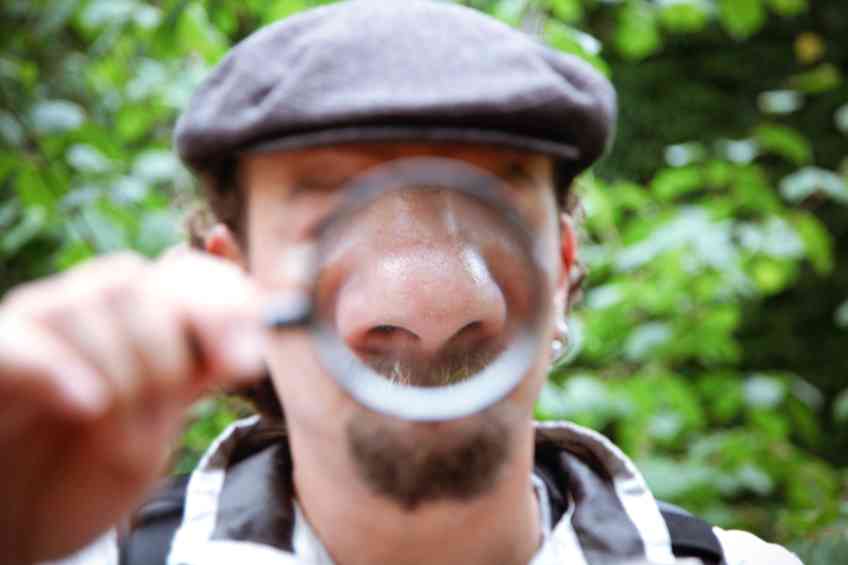By John Salak –
Lots of people look in the mirror and are taken aback by, well, their noses. Millions of Americans are simply troubled by the size and shape of their honkers.
These concerns are so deep that more than 350,000 people undergo rhinoplasty, aka nose jobs, every year, making it a $5.5 billion industry, according to Plasticsurgery.org. It is an industry that is only expected to surge, doubling in size to $11 billion by 2030.
Is the shape of a huge, free-range schnoz something to worry about or surgically adjust? Short of a breathing problem, who knows? Ultimately, it is a matter of choice and finances. But what’s probably unfair is for people to lay guilt trips for the shape of their beaks solely on their moms, dads, grandparents or some other relative with a well-endowed nose.
An international team of researchers has announced that humans can lay some blame for their noses on Neanderthals. Apparently, humans inherited genetic material from these ancient ancestors that affects the shape of today’s noses, according to research from the University College of London.
The study, which involved researchers from Britain, China, France, Argentina, Chile, Peru, Colombia, Mexico, Germany and Brazil, found that a particular carry-over gene may be the culprit. It resulted in taller noses that may have been the product of natural selection as ancient humans adapted to colder climates after leaving Africa.
“In the last 15 years, since the Neanderthal genome has been sequenced, we have been able to learn that our own ancestors interbred with Neanderthals, leaving us with little bits of their DNA,” explained co-corresponding author Dr. Kaustubh Adhikari. “Here, we find that some DNA inherited from Neanderthals influences the shape of our faces. This could have been helpful to our ancestors, as it has been passed down for thousands of generations.”
The study used data from more than 6,000 volunteers from Latin America, European, Native American and African ancestry. The researchers compared genetic information from the participants to photographs of their faces—specifically looking at distances between points on their faces, such as the tip of the nose or the edge of the lips—to see how different facial traits were associated with the presence of different genetic markers.
The researchers then identified 33 genome regions associated with face shape, 26 of which were replicated in comparisons with data from other ethnicities using participants in East Asia, Europe, or Africa.
The study concludes that the shape of many noses today for better or worse is in part a consequence of ancient European nose genes that helped early ancestors adapt their honkers as they moved to colder climates thousands of years ago.
“It has long been speculated that the shape of our noses is determined by natural selection; as our noses can help us to regulate the temperature and humidity of the air we breathe in, different shaped noses may be better suited to different climates that our ancestors lived in. The gene we have identified here may have been inherited from Neanderthals to help humans adapt to colder climates as our ancestors moved out of Africa,” explained first author Dr. Qing Li.
Great, does this make anyone with an unsightly honker less inclined to get a nose job? Probably not, but at least they know it is not entirely the fault of their parents.












